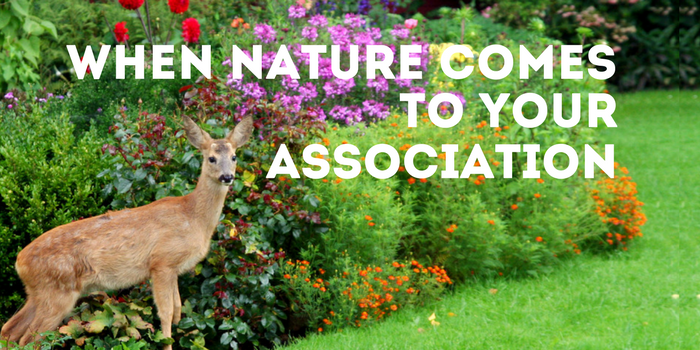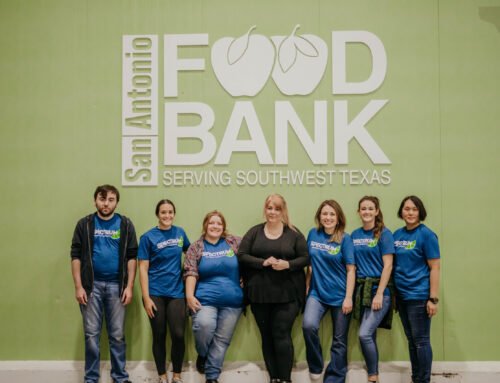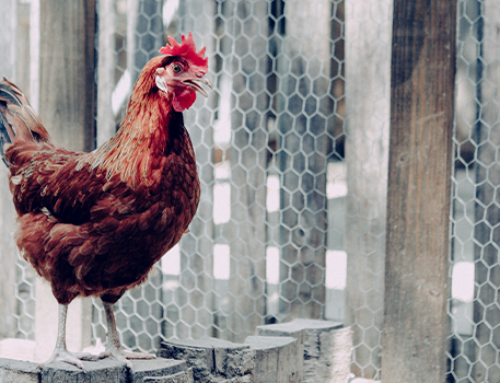Waking up to a chorus of cheerful birds or looking out your windows to a gecko sunbathing on a rock is something most of us enjoy. While we always encourage HOAs to enjoy the nature that surrounds their homes, it is never advisable to feed wild animals. While animals like birds are generally harmless, some are less so – like coyotes, deer, and large water birds. While you can’t always prevent these animals from visiting your community, there are things you can do to deter them.
Here is a list of animals that you should avoid encouraging with food or even types of landscaping:
- Deer – Deer are majestic, and waking up to one in a backyard feels special. If your community is close to the mountains or a nature preserve, there is a good chance a deer will wander into your HOA at some point. There isn’t anything necessarily wrong with that, but the problems start when people begin feeding them or planting shrubs/trees that are actually deadly to deer. Also, deer that become used to humans or their landscaping as a food source pose a greater risk of transmitting deer ticks and ultimately Lyme disease.
- Coyotes – The distant howl of a coyotes is often exciting, but no one wants to see one in his or her backyard. While coyotes will follow deer into your neighborhood, something as simple as an unsecured garbage can, pet food, and even fruit and vegetable gardens can lure them in. They aren’t picky and since they will eat just about anything, homeowners and your board need to make sure necessary precautions are taken to make your community less desirable. Coyotes may seem fairly harmless and more of a pest, but they will become aggressive toward people and they’ve been known to attack house pets.
- Ducks and Geese – Ducks and geese are generally ignored and not a big concern for most people, however a flock of them will cause problems. If you have a community pool or water feature you’ll struggle with them most. Not only will these birds leave a trail of droppings behind them, they can become territorial, destructive and aggressive. The first step is to eliminate obvious food sources, and if they become a real problem talk with animal control to get ideas on how your community can best handle the situation.
Nature and the animals that inhabit it are beautiful, but making sure you control their presence in your community is important. Not only is it better for your HOA to avoid having regular wild animal visitors, but it is safer for them too. Just remember to watch out for any garbage or pet foods, do not feed any wild animals, and report any sightings to animal control. If you’ve got a problem and are scratching your head on how best to deal with it, let us know! At Spectrum Association Management, we’ve seen just about every animal problem and we’re happy to share our advice!








So feeding the wildlife has to STOP first before the erosion on hills can be addressed, correct?